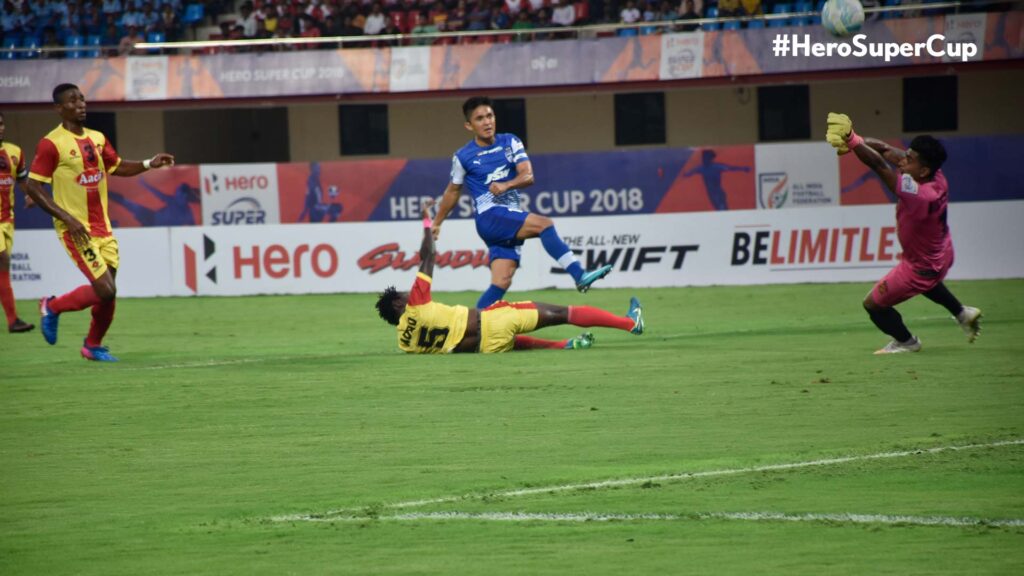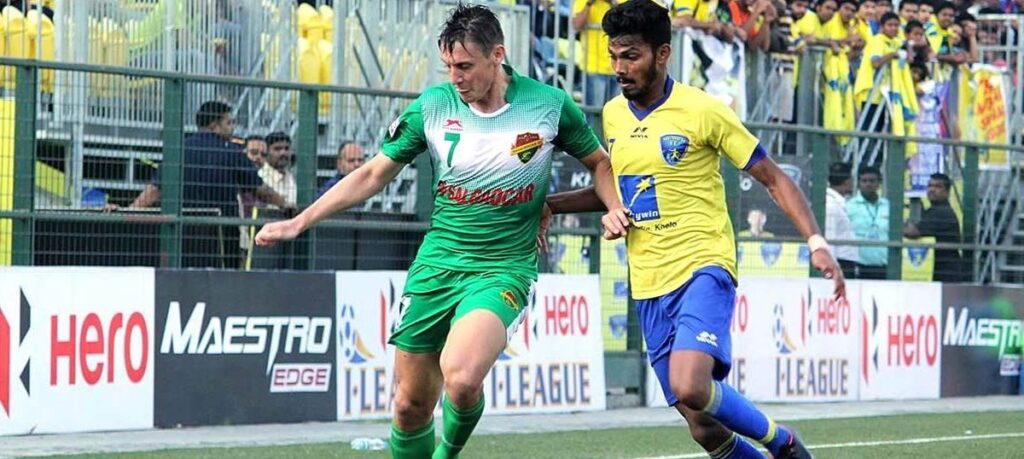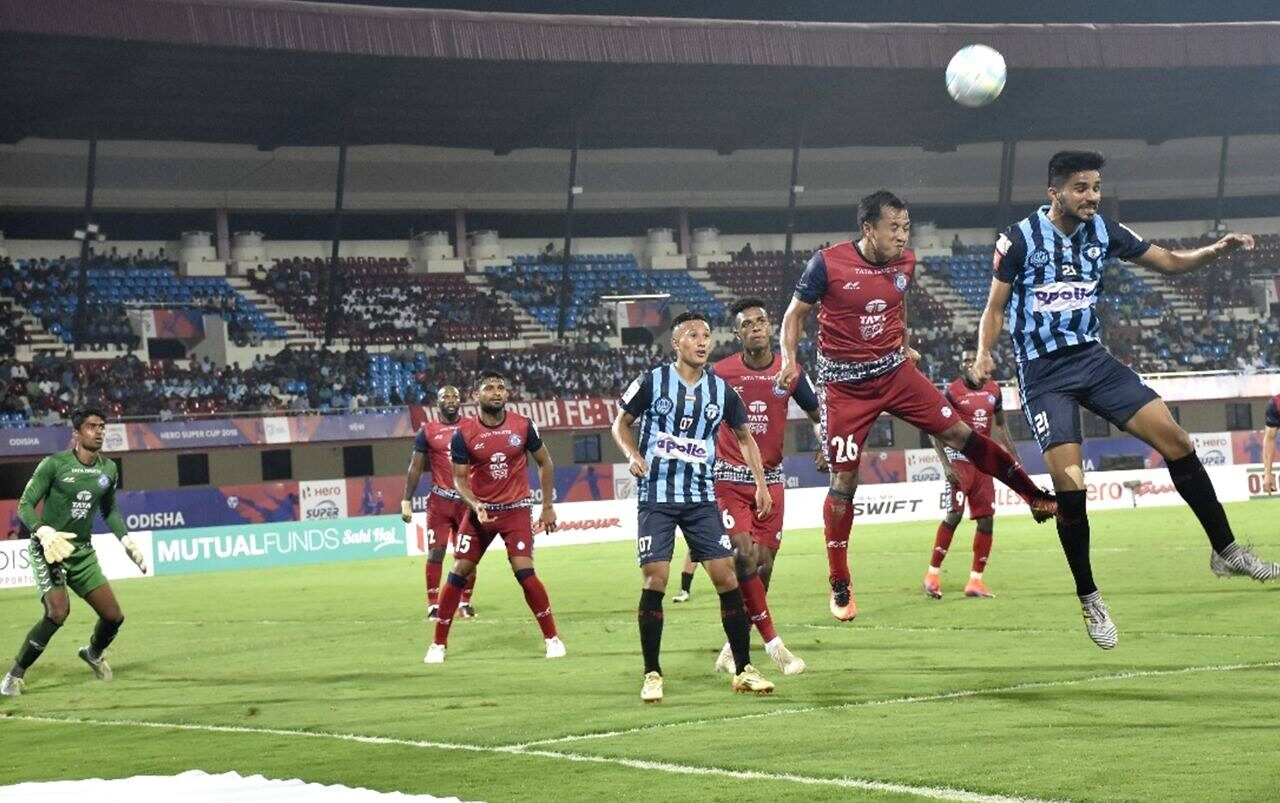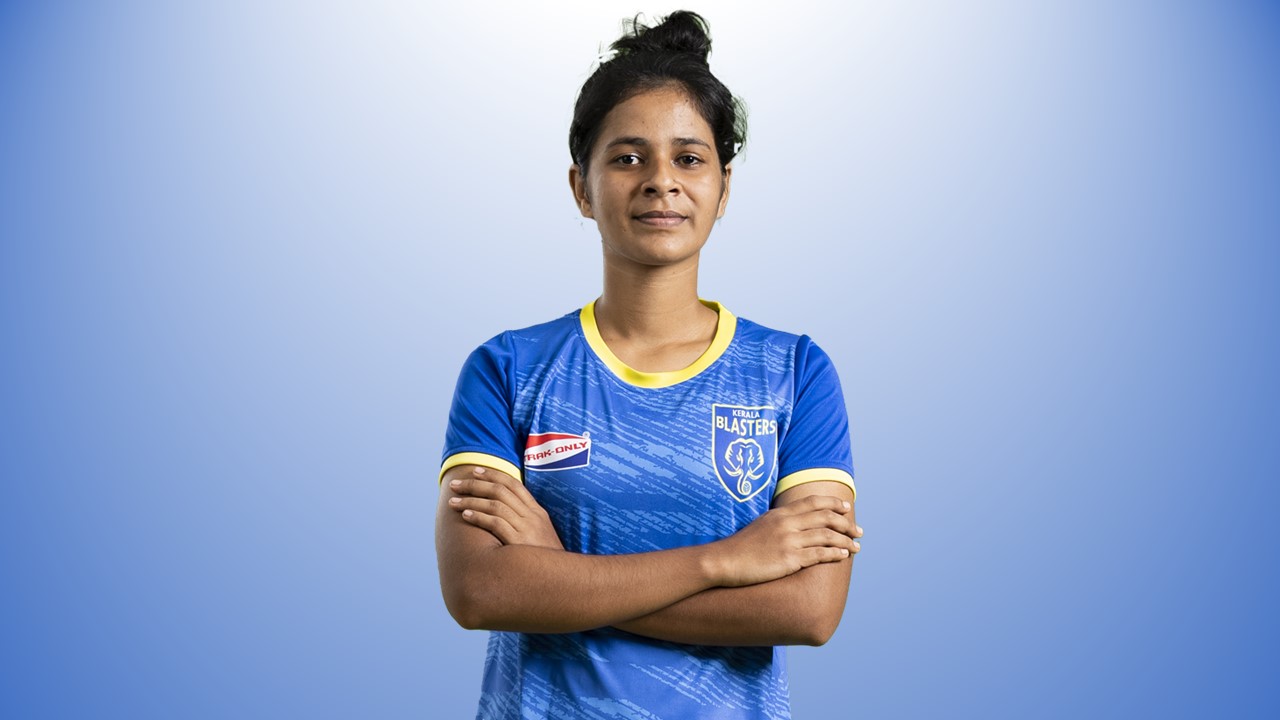After 8 years of uncertainty and chaos, I-league clubs finally received the confirmation they have been waiting for so long. Kalyan Chaubey, the AIFF President, on Saturday announced that the winners of the I-league will get promotion to ISL from this season onwards provided the Premier 1 licensing criteria are satisfied by them. Hence, AIFF brought much-needed clarity on the implementation of the AFC Roadmap which was agreed upon in the year 2019. He hasn’t mentioned anything about the relegation process; however, it is unlikely that FSDL will introduce relegation till 2025. However, football pundits are apprehensive about the financial situation of I-league clubs as ISL participation costs a bomb.

On the positive side, the promotion to ISL means that we may see a Kerala Derby or a Mumbai Derby, or a Goan Derby soon if Gokulam Kerala, Kenkre FC, or Churchill Brothers gain promotions respectively. ISL can expand to new regions if Rajasthan United and Punjab FC progress to the top division. We may see one more club from Kolkata, the Mecca of Indian football. Dempo SC already announced that they will come back soon to top-level football. As they are the current Goan champions, they can participate in the second division I-league this season.
The duration of ISL will expand as next season will see at least 132 matches in the league phase. One year later, it will increase further to 156. Consequently, the ISL season will last for at least 6 months which will boost player development. The interest of Indian football spectators in the I-league will be better this season as everyone will be curious about who will gain promotion.
The state of promotion to ISL is a big boon for the I-league as they have something to fight for now unlike the previous seasons. However, I-league clubs have a lot of work to be done before the end of this season to be able to compete in the ISL in case they win the league. They will get a waiver of the franchise fee to participate in the ISL, however, the central revenue pool revenue will not be shared with them for the time being. The franchise fee to participate in ISL is more than twice the annual budget of an average I-league club and hence they won’t mind the exclusion from the central revenue pool now.
The second-class treatment from FSDL and AIFF has left scars in the I-league clubs and they are yet to recover. After the commencement of ISL in 2014, 7 I-league clubs shut their operations completely or partially as AIFF couldn’t provide clarity on the future roadmap in Indian Football. The exodus started with Pune FC, the first truly professional club in India, folding their operations after the 2014-2015 season. Royal Wahingdoh FC, despite finishing third in their debut season, also took an exit after realizing that the future of the I-league is not bright. One season later, Salgaocar FC and Sporting Goa followed the suit and limited themselves to the state league. Dempo SC, which gained promotion to I-league that season by winning 2nd Division I-league, refused to participate in the I-league as they found it a futile exercise. Mumbai FC, the sole representative of Mumbai in the I-league then, shut down their activities after getting relegated.
Besides that, the AFC championship slots were slowly snatched from I-league clubs and were given to the ISL counterparts and the poor-quality broadcast made the problems worse as the audience stayed away from the I-league. The chaos created by having two top leagues not only affected the clubs but also had adverse effects on the players as well. During 2015, many players (especially the ones who didn’t get a contract with an ISL club) had to face a financial crisis due to a lack of contracts. Some fringe players had to play for less than 25,000 INR per month.

Even when the tide was against them, I-league clubs continued to display top-quality football. We saw small-budget teams like Aizawl FC and Minerva Punjab FC winning the I-league title by defeating legacy clubs like Mohun Bagan and East Bengal. In Hero Super Cup, I-league clubs defeated ISL clubs on multiple occasions despite having lesser-known players. NEROCA FC and Indian arrows defeated Kerala Blasters, Shillong Lajong FC got the better of now-defunct FC Pune city, and Bengaluru FC tasted defeat at the hands of Chennai City FC. Even in the recently concluded group stage of the AFC Cup, the mighty ATK Mohun Bagan was trounced by Gokulam Kerala FC in front of a packed Kolkata crowd and Rajasthan United did the same a few weeks later in the Durand Cup. Hence, it is safe to say that the quality of football will not deteriorate, but rather improve, by introducing promotion to the ISL.
Teams like Gokulam Kerala, Mohammedan SC, RG Punjab FC, and Churchill Brothers may not find it too difficult to satisfy the Premier 1 criterion issued by the AIFF for club licensing. In fact, only Gokulam Kerala FC, Churchill Brothers, and Round Glass Punjab FC have the ICLS Premier 2 license. ISL clubs like Kerala Blasters, Hyderabad FC, and East Bengal failed to get ICLS Premier 1 license last season despite having deep pockets. The clubs have to spend a considerable amount to satisfy the criteria dictated in the AIFF document regarding ICLS Premier 1 criteria. This may drain the budget of teams like Aizawl FC, TRAU FC, etc. and they may find it difficult to field a competitive squad.

The coming 3 to 4 seasons will be the best time frame for a small-budget club of I-league or 2nd Division I-league to get promoted to ISL as relegation from ISL won’t happen till then. With each passing year, one strong I-league team will reach ISL, creating a power vacuum in I-league which is an opportunity for smaller clubs to dominate in I-league and gain promotion in the next year. Even strong clubs from state leagues like Delhi FC, Kerala United FC, and FC Bengaluru United will be watching the situation closely and they may invest more to strengthen the squad as the rewards are significant now. Once relegation commences, a stronger club from ISL will get demoted to I-league and then the competition for promotion will be intense in I-league.
Small clubs can generate revenue by selling their players to top teams as the demand for players will increase in the top division due to the league’s expansion. Long-term contracts to talented under-22 players with a buy-out clause will force the ISL teams to hand over a handsome sum to secure the services of the players.
Only time will tell how I-league clubs will adapt to the highly expensive ISL and clubs need to have a long-term and intelligent plan to survive at the top tier. Who knows? We may witness another Leicester City kind of title-winning campaign by an I-league team.






